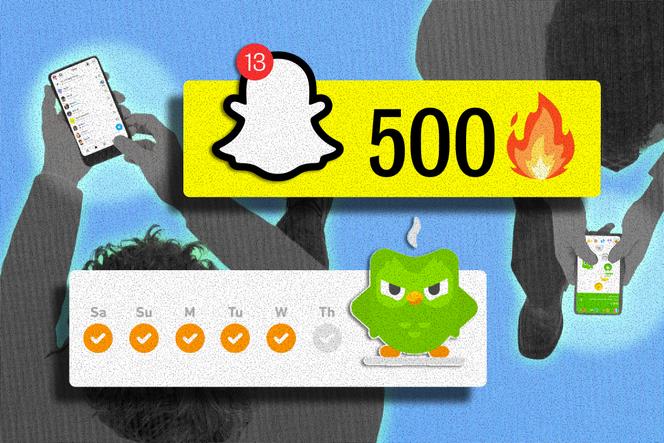


You are just one glass of water short of your daily hydration goal, and that evening, your phone pings: "Almost there! Just 4 oz left today." Once you've finished your last glass of water, you have to log it onto the Waterllama app or risk losing your streak – that is, the sequence of consecutive days when you reached your target. Apple Fitness, Duolingo, Snapchat, BeReal, Kindle and WeReward: The list of apps that track our streaks is growing, all aiming to bring us back every day – and to make us feel guilty if we miss a day. So when did we start placing so much importance on this constant stream of tiny rewards?
The streak draws on two key ideas: reward daily engagement and punish irregularity. These were popularized by free-to-play games that spread across Facebook starting in 2007, funded by microtransactions, data resale and advertising. "The longer they keep you coming back, the more valuable data you provide to the developers," explained Julien Pillot, who holds a Ph.D. in economics from the University of Nice and specializes in video games.
Winning over occasional users is thus crucial. Developers find inspiration from video game scoring systems that reward speed or the number of "kills," or when you find secret areas – features that "artificially maximize a game's lifespan," according to Pillot. They adapt this strategy to instantly hook new players: "The simplest and most effective way to get people to return regularly is to reward them just for logging in," Pillot said.
You have 70.31% of this article left to read. The rest is for subscribers only.
